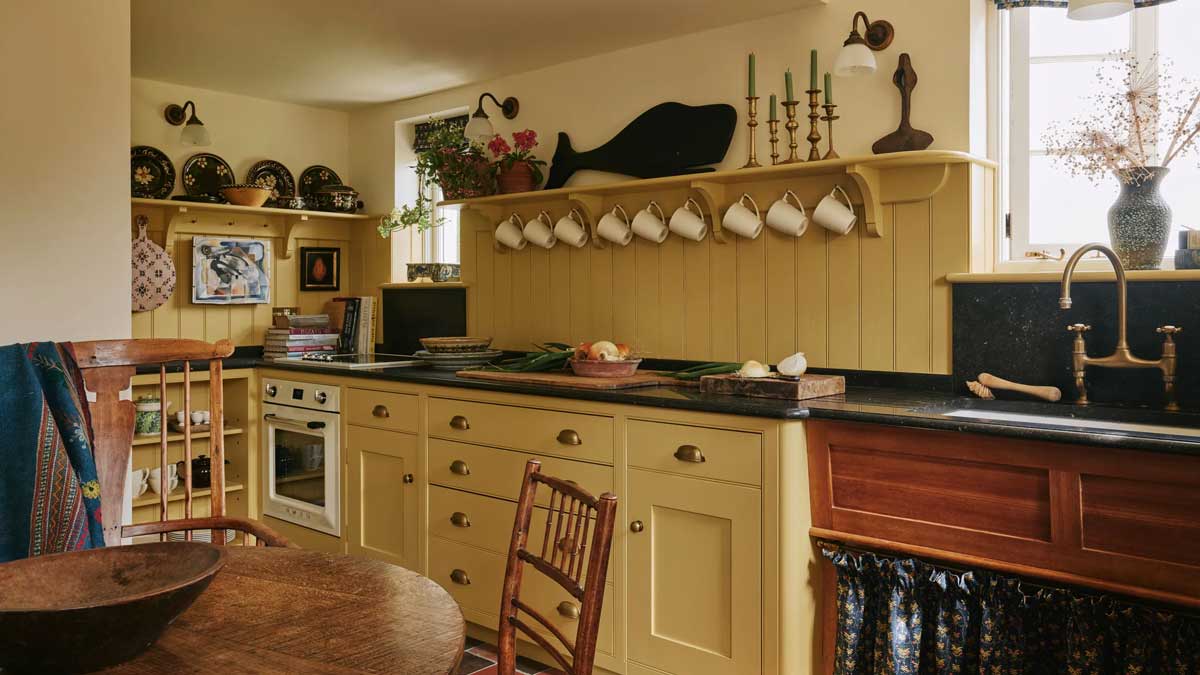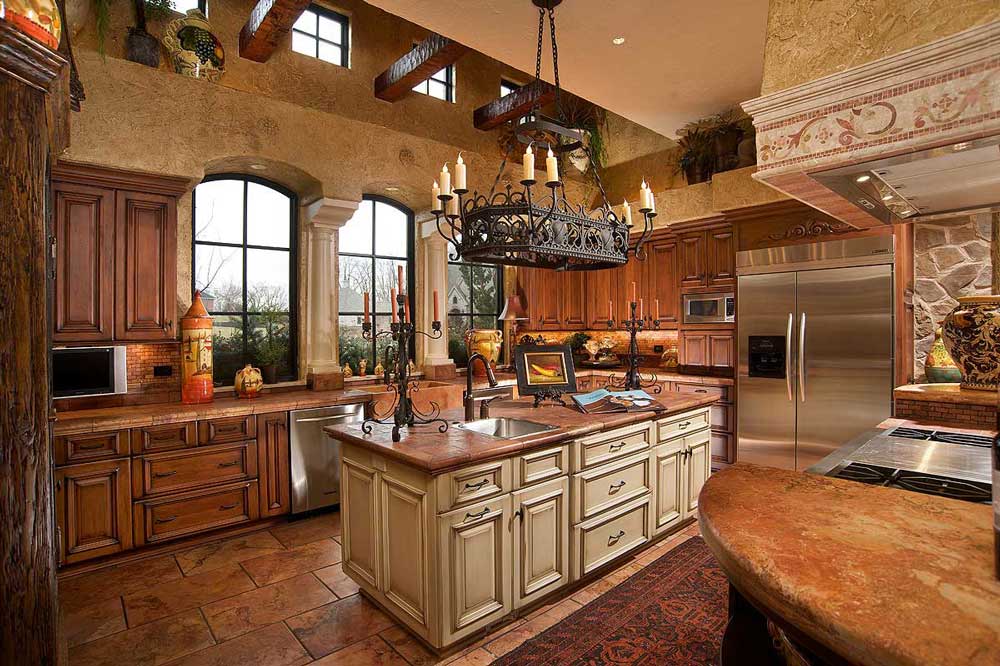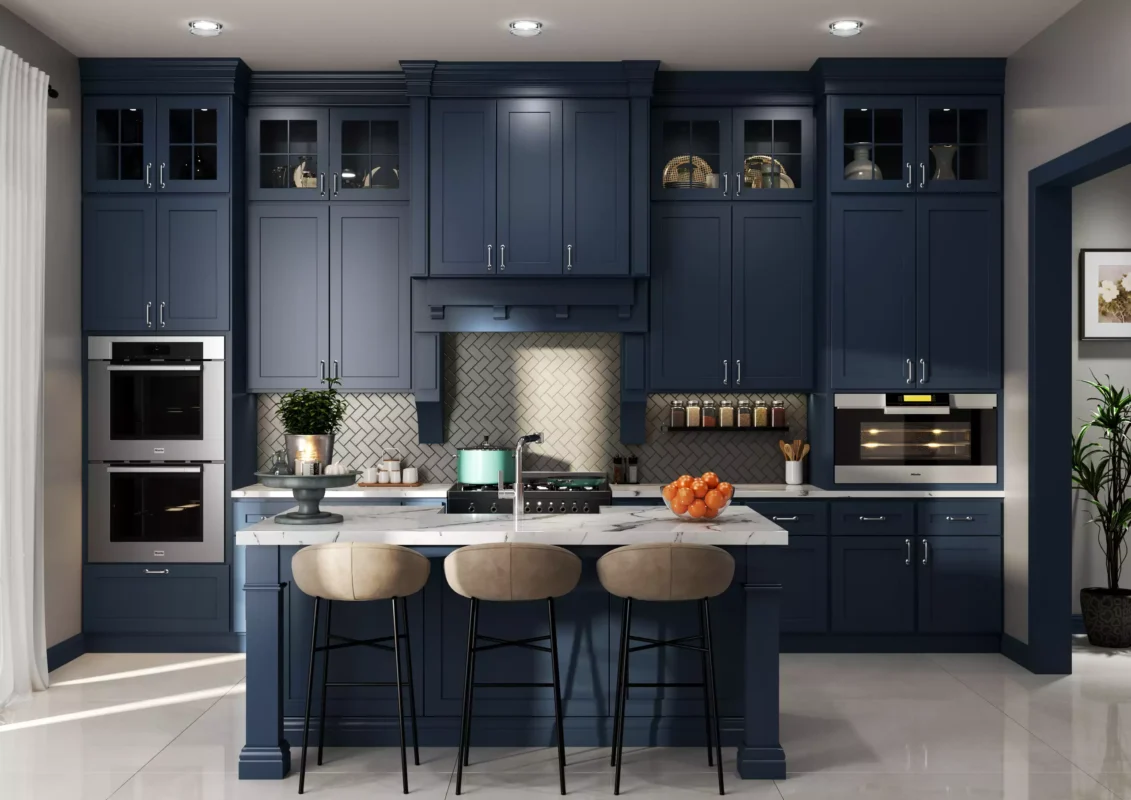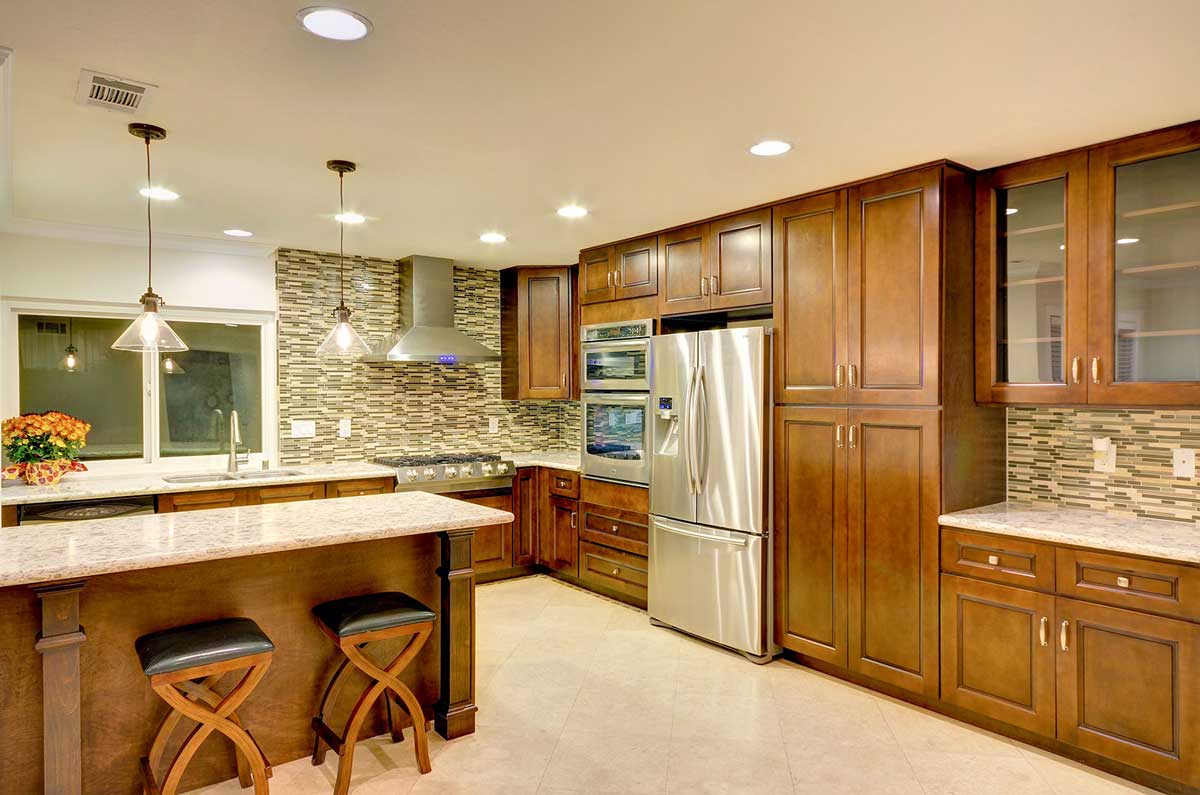1. Introduction to Dining Room Design
The dining room is more than just a place to eat — it’s a social hub, a space for family bonding, celebrations, and creating lasting memories. In 2025, dining room design balances style, functionality, and comfort, reflecting evolving lifestyles and personal tastes.
Whether you have a cozy apartment or a spacious house, this guide will help you create a dining space that fits your needs perfectly — from choosing the right furniture to selecting lighting and décor that set the mood.
2. Understanding Your Space: Layout and Flow
Before buying anything, assess your dining room’s size and shape. This influences everything from furniture selection to traffic flow:
-
Measure your room carefully: Know the length, width, and ceiling height.
-
Plan for movement: Ensure there’s enough space around the table for chairs and easy passage — ideally, leave 36-48 inches clearance on all sides.
-
Consider adjacent rooms: Open floor plans call for furniture and design that flow seamlessly with living or kitchen areas.
-
Multi-functional spaces: Small homes may combine dining and workspace or extend dining into the kitchen island.
3. Choosing the Right Dining Table
The table is the focal point of the room. Here’s how to pick the perfect one:
-
Shape:
-
Rectangular tables fit most rooms and accommodate many people.
-
Round tables encourage conversation and fit smaller spaces well.
-
Square tables work well in square rooms or intimate settings.
-
Oval tables combine the benefits of round and rectangular shapes.
-
-
Size:
-
Allow at least 24 inches width per person for comfortable seating.
-
Leave space for sideboards or cabinets if you plan to include them.
-
-
Material:
-
Wood offers warmth and durability.
-
Glass tables open up space visually and suit modern designs.
-
Metal or marble bring a sleek, upscale feel.
-

Max-Rollitt-Interiors-Garden-Cottage-Kitchen-by-Chris-Horwood-1
4. Dining Chairs: Comfort Meets Style
Chairs should invite guests to linger. Key factors:
-
Ergonomics: Comfortable seat height (typically 18 inches), cushioned seats, and supportive backs.
-
Style match: Match chairs to your table or mix styles for a contemporary look.
-
Materials: Wood, upholstered, metal, or plastic — consider durability and maintenance.
-
Number: Enough to seat family and guests comfortably.
5. Lighting: Setting the Perfect Mood
Lighting defines ambiance and functionality.
-
Overhead lighting: Chandeliers or pendant lights centered above the table create a statement.
-
Dimmer switches: Adjust brightness for dinner parties or casual meals.
-
Accent lighting: Wall sconces or floor lamps add warmth.
-
Natural light: Maximize with sheer curtains or mirrors.
6. Storage and Display Solutions
A well-organized dining room blends beauty and function:
-
Buffets and sideboards: Store dinnerware, linens, and serve as extra surface space.
-
Display cabinets: Showcase glassware, china, or collectibles.
-
Built-ins: Custom cabinetry maximizes space, especially in smaller rooms.
7. Color Schemes and Décor
Color influences mood and style:
-
Warm tones like reds and oranges stimulate appetite and conversation.
-
Cool tones such as blues and greens promote calm and relaxation.
-
Neutrals create a timeless and versatile backdrop.
Décor choices include:
-
Artwork and mirrors to add personality.
-
Table centerpieces (flowers, candles, bowls).
-
Rugs to anchor the dining area and add texture.

Everything You Need to Know About Kitchen Cabinets in 2025
8. Trends in Dining Room Design for 2025
Stay ahead with fresh ideas:
-
Sustainable materials: Bamboo, reclaimed wood, and eco-friendly fabrics.
-
Smart furniture: Extendable tables with tech integration (charging ports, smart lighting).
-
Mixed materials: Combining wood, metal, and glass for contrast.
-
Biophilic design: Indoor plants and natural elements inside.
In this first part, we explored the foundational elements of dining room design, from spatial planning and furniture choices to lighting and décor trends. Creating a dining room that balances style, comfort, and function is the key to making it your home’s heart.
Accessories, Flooring, Walls & Practical Tips
1. Essential Dining Room Accessories
Accessories bring personality and practicality to your dining space. They are the finishing touches that make your dining room inviting and unique.
-
Tableware and Serveware:
Choose plates, bowls, glasses, and utensils that complement your décor style. Consider mix-and-match sets for a modern vibe or classic patterns for timeless elegance. -
Table Linens:
-
Tablecloths, runners, and placemats protect your table and add color or texture.
-
Opt for easy-to-clean fabrics like cotton blends or linens with stain resistance.
-
-
Centerpieces:
-
Fresh flowers bring life and scent.
-
Candles add warmth and ambience.
-
Decorative bowls or sculptures provide a modern touch.
-
-
Storage and Organization:
-
Trays and organizers for condiments, napkins, and cutlery.
-
Stylish baskets or bins for extra napkins or small items.
-
2. Flooring Options for Dining Rooms
The floor sets the foundation, influencing the room’s feel and maintenance.
| Flooring Type | Pros | Cons | Ideal For | Approximate Cost (per sq.ft) |
|---|---|---|---|---|
| Hardwood | Timeless, warm, durable | Can scratch, expensive | Traditional and modern homes | $8 – $15 |
| Laminate | Affordable, easy maintenance | Less durable than wood | Budget-conscious buyers | $2 – $5 |
| Tile | Water-resistant, variety of styles | Cold underfoot, can be slippery | Formal dining and high-traffic areas | $5 – $12 |
| Vinyl | Water-resistant, budget-friendly | Can look less premium | Casual dining areas | $2 – $7 |
| Carpet | Warm and quiet | Difficult to clean spills | Casual, cozy dining rooms | $3 – $8 |
3. Wall Treatments and Paint Ideas
Walls create the backdrop that sets the mood and tone of your dining space.
-
Paint:
Choose durable, washable paint finishes such as satin or semi-gloss.
Popular colors for 2025 include earthy greens, muted blues, and warm neutrals. -
Wallpaper:
Bold patterns or textured wallpapers create focal points or accent walls.
Peel-and-stick wallpapers offer flexibility for renters. -
Wood Paneling and Wainscoting:
Adds architectural interest and a sense of luxury.
Paint or stain wood elements to match your style. -
Art and Wall Decor:
Large framed prints, metal sculptures, or a gallery wall can personalize your space.

Mastering Kitchen Design: Space, Style, and Smart Appliances for Your Home
4. Window Treatments
The right curtains or blinds control light and privacy while enhancing style.
-
Sheer curtains: Let in soft natural light.
-
Blackout curtains: Great for controlling glare during daytime meals.
-
Roman shades or blinds: Provide adjustable privacy and a clean look.
-
Layered treatments: Combine sheer and heavier curtains for versatility.
5. Practical Tips for Dining Room Design
-
Plan for Lighting Layers:
Combine overhead, task, and accent lighting for flexibility. -
Consider Acoustics:
Soft furnishings and rugs help absorb sound for comfortable conversation. -
Mix Textures:
Combine smooth and rough surfaces (wood, metal, fabric) for visual interest. -
Keep Traffic Flow in Mind:
Avoid overcrowding the room to maintain comfort and accessibility. -
Personalize Your Space:
Use heirlooms, travel souvenirs, or handmade items as décor elements.
6. Case Study: Transforming a Small Dining Area
-
Before: Small, cramped corner with outdated furniture and poor lighting.
-
After: Removed bulky furniture, installed a round extendable table, added pendant lighting with a dimmer, and painted walls soft sage green.
-
Outcome: The space feels open, inviting, and functional for daily meals and entertaining guests.
This section focused on accessories, flooring, wall treatments, and practical design considerations — all crucial to elevating your dining room from functional to fabulous. Layering textures, colors, and light creates a balanced and welcoming environment.

Smart Dining in 2025: Tech, Style & Wellness at the Modern Table
Trends, Smart Tech, Sustainability, Budgeting & FAQ
1. Latest Dining Room Design Trends in 2025
-
Biophilic Design:
Bringing nature indoors with plants, natural materials, and earthy colors enhances wellbeing and creates a calming dining atmosphere. -
Multifunctional Spaces:
With more people working or studying from home, dining rooms double as workspaces. Flexible furniture like foldable tables and multipurpose chairs are key. -
Mixed Metals:
Combining gold, copper, and matte black finishes on fixtures and accessories adds richness and modernity. -
Curved Furniture:
Rounded edges on tables and chairs soften the space and improve flow, especially in smaller rooms. -
Artisanal & Handmade Pieces:
Craftsmanship is trending, with hand-thrown pottery, woven baskets, and artisanal glassware making the dining experience unique.
2. Incorporating Smart Technology in Your Dining Room
-
Smart Lighting Systems:
Voice or app-controlled lighting allows you to set the perfect mood for any occasion with adjustable brightness and color temperature. -
Integrated Audio:
Built-in speakers or smart assistants help play music, set reminders, or even suggest recipes while dining. -
Smart Climate Control:
Sensors monitor temperature and humidity, maintaining comfort during meals and reducing energy costs. -
Connected Furniture:
Tables with built-in wireless chargers or smart surfaces for family games and presentations are gaining popularity.
3. Sustainability in Dining Room Design
-
Eco-friendly Materials:
Choose sustainably sourced wood, recycled metals, and organic fabrics to reduce environmental impact. -
Energy-efficient Lighting:
LEDs and smart controls minimize electricity use without sacrificing style. -
Upcycling & Vintage Finds:
Reusing or refurbishing older furniture cuts waste and adds character. -
Low VOC Paints and Finishes:
Protect indoor air quality by selecting non-toxic paints and sealants.
4. Budgeting Your Dining Room Makeover
| Budget Range | What You Can Expect | Tips to Maximize Value |
|---|---|---|
| $500 – $1,500 | Paint, new linens, accessories, small lighting upgrades | Focus on statement pieces and DIY projects |
| $1,500 – $5,000 | New dining table/chairs, better lighting, flooring upgrades | Mix new with vintage, prioritize quality over quantity |
| $5,000 – $10,000+ | Full redesign, custom furniture, smart tech integration | Hire a designer for a tailored plan, invest in durable pieces |
-
Cost-saving tips:
-
Shop off-season for sales.
-
Repurpose furniture from other rooms.
-
DIY small projects like painting or creating wall art.
-

cooking1-couple
5. Frequently Asked Questions (FAQ)
Which dining table shape works best for small spaces?
Round or oval tables optimize seating and improve movement flow in tight areas.
Where should I place my dining room in an open floor plan?
Position near the kitchen for convenience but use rugs or lighting to define the space.
Who should I hire for a major dining room renovation?
Consider an interior designer for cohesive style and a contractor for structural changes.
When is the best time to renovate a dining room?
Planning renovations in off-peak seasons (fall or winter) can save money and scheduling hassles.
How can I make my dining room more kid-friendly?
Choose durable, stain-resistant materials and rounded furniture edges for safety.
What are the top colors trending for dining rooms?
Earthy tones like terracotta, olive green, soft taupe, and warm neutrals dominate 2025 palettes.
6. Final Thoughts
The dining room is more than just a place to eat; it’s where memories are made and conversations flow. Combining thoughtful design, technology, and sustainability can transform your dining experience. Whether you prefer timeless elegance or cutting-edge trends, your perfect dining room awaits.
Bonus: Case Studies, Cost Tables, and Actionable Checklists for Dining Room Design
Case Study 1: Small Urban Apartment Dining Room Makeover
-
Initial Situation:
A 600 sq ft city apartment with an awkwardly placed dining nook near the kitchen, cramped and underutilized. -
Design Solutions:
-
Rounded, extendable dining table to maximize space and seating flexibility.
-
Light wood tones and pale paint to enlarge the sense of space.
-
Built-in smart lighting with dimmable LEDs to create ambiance.
-
Vertical garden wall for biophilic design without losing floor space.
-
-
Outcome:
The space feels bright, functional, and inviting, fitting 4-6 guests comfortably and doubling as a workspace.
Case Study 2: Family Home Dining Room Renovation
-
Initial Situation:
A traditional dining room disconnected from the kitchen, dark wood furniture, and outdated decor. -
Design Solutions:
-
Opened wall between kitchen and dining for better flow.
-
Replaced bulky table with a sleek rectangular model with bench seating.
-
Added energy-efficient smart pendant lights with customizable color temperatures.
-
Refinished floors in warm oak and incorporated sustainable fabrics for curtains and cushions.
-
-
Outcome:
Enhanced family interactions and easier meal prep with an airy, modern, and eco-friendly dining area.

2025 Kitchen Design Essentials
Cost Table: Typical Dining Room Renovation Expenses
| Item | Low-End Cost ($) | Mid-Range Cost ($) | High-End Cost ($) |
|---|---|---|---|
| Dining Table | 200 | 1,000 | 5,000+ |
| Dining Chairs (set of 4) | 300 | 1,200 | 4,000+ |
| Lighting Fixtures | 100 | 700 | 3,000+ |
| Flooring | 1,000 | 3,000 | 10,000+ |
| Paint & Wall Treatments | 200 | 800 | 3,000+ |
| Smart Technology | 150 | 1,200 | 5,000+ |
Actionable Checklist: Planning Your Dining Room Design
-
Step 1: Assess your space — measure room size and existing furniture.
-
Step 2: Define your style — modern, rustic, minimalist, or eclectic?
-
Step 3: Prioritize functionality — number of seats needed, usage beyond meals?
-
Step 4: Choose durable, easy-to-maintain materials.
-
Step 5: Incorporate lighting layers — ambient, task, and accent.
-
Step 6: Consider smart home integrations for convenience and ambiance.
-
Step 7: Budget realistically and plan purchases around sales or promotions.
-
Step 8: Add personal touches — art, plants, textiles for warmth and personality.
Additional Tips for a Perfect Dining Room
-
Use rugs to anchor the dining area and add texture.
-
Mirrors can expand visual space and reflect light.
-
Keep pathways clear to ensure easy movement.
-
Mix textures (wood, metal, fabric) for a layered look.
-
Don’t overcrowd the space — let it breathe visually.


